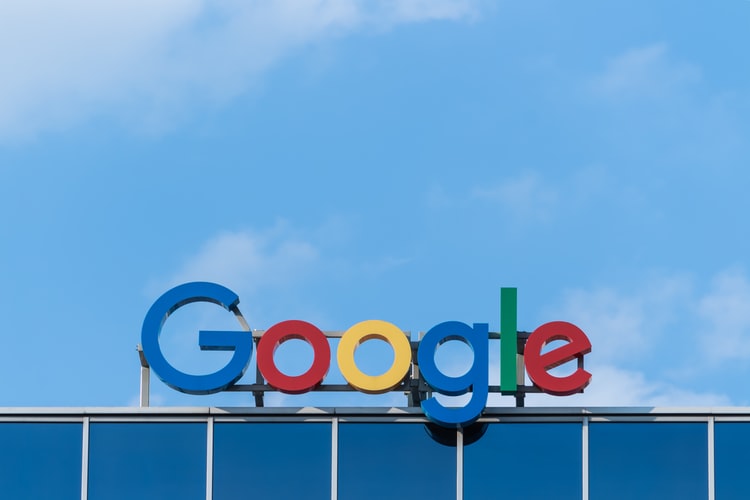SEO is one of the most powerful marketing channels available to businesses of all sizes. Why it is powerful – because the value and traffic it can drive are massive.
The beauty of SEO lies in the constant changes Google brings to SERP and how SEO professionals continuously adapt to those changes and understand what can be done to drive value out of them for their business.
You can get most out of the SEO if your fundamentals are clear. Mastering the basics of SEO is critical to success. The only difference between an SEO expert or novice is that the expert always has the basics in order and continuously evolve his/her skill set.
Don’t Build Your Career On a Shaky Foundation: Master The SEO Basics
There is a popular quote – “People who think they know everything are the biggest losers in life”
I hope you understood what I meant to say. 🙂
While this list given below doesn’t include all basics of SEO, but the points may surprise you. I’ve compiled the recent things that happened in SEO in 2019 and over the last few years and I hope this twenty points list will help you keep moving forward in the world of ever-changing SEO.
1. There is no penalty for the internal link over-optimization. But remember that the link should provide additional context through its anchor text and point to the relevant page (source).
2. Alexa Rank doesn’t impact Google rankings, it’s just a number provided by Alexa.com which ranks websites on the web in order of popularity. (source)
3. Google’s web crawler aka Googlebot crawls from US, California, but sometimes it does local crawling. It is best not to block crawlers from the US region. (source)
4. Rel=No-follow is now a hint to Google for ranking, not an explicit directive, which means Google can now use the anchor text information, content and even follow the link if necessary. (source)
5. Keywords with a hyphen (-) or without a hyphen in Google search can produce different results because sometimes they are seen reciprocal synonyms. (source 1, source 2)
6. Google claims that they treat hyphens and underscores in URL equally. They both are now treated as a word separator (previously only hyphens were considered as a separator). However, it is best to go with hyphens (dashes) in a URL. (source 1, source 2)
7. There is no Google penalty for duplicate content. It is filtered in Google search. However, Google has a penalty for copied content. Both, copied content and duplicate content are treated differently by Google. (source)
8. Google uses search evaluators (Google hired people all over the world) to determine the quality of search results and to ensure that Google is returning the results according to the latest algorithms and filters. These evaluators use Google’s Quality Evaluator Guidelines document as instruction from Google. (source)
9. When it comes to Local SEO, proximity is one of the major ranking factors. Chances are you won’t rank higher if you are too far away from the searcher’s location. (source)
10. PageSpeed is a Google ranking factor, both, for desktop and mobile searches. Google suggests keeping your website load time less than 2-3 seconds. (source 1, Source 2)
11. Crawl budget consists of Crawl Rate and Crawl Demand. It means the number of URLs Googlebot can and wants to crawl. If the site quickly reacts (site is fast and no server error) to Googlebot, there will be frequent crawl from Google. The second thing is that URLs that are more popular tend to be crawled frequently by Google. (source)
12. Google says that they are fine with both subdomains and subfolders (sub-directories). But most industry experts and experiments have proved that when it comes to ranking, sub-folder has an advantage over subdomains. (source)
13. Google says that having multiple H1 tags on the page is fine, they should be semantically present on the page. However, it’s been always an ideal practice to have a single H1 tag on the page on your primary/target keyword. (source)
14. Images should have alt text if you are using them as a link. Alt text gives some more information and context about the picture. It is treated as anchor text if you use the image as the link. (source)
15. Spelling and grammar are not a ranking factor in Google. It’s fine if you have user-generated content on the site such as comments with poor grammar and spelling. However, quality content tends to have better spelling and grammar in general. (source)
16. Google says Bounce Rate is not a ranking factor and they don’t take it into ranking consideration directly or indirectly. (source)
17. Google treat singular and plural words as a different keyword and may provide different search results. (source)
18. If you have AMP version of your webpage, there is no need to create a separate sitemap for these pages. (source)
19. Links in a PDF file are treated similarly to links in HTML. They can pass PageRank and other indexing signals. (source)
20. SEOs believe that there exists a filter that prevents a new website from ranking high in Google search for a certain period of time, commonly known as Google Sandbox. However, Google denies it. (source)
Bonus
21. HTML sitemaps are not worthwhile for SEO purposes, says Google. Google suggests that your site should be crawlable, user-friendly, and have clear internal navigation. (source)
22. Using Emoji in the page title is fine and won’t result in page removal from SERP. (source)
No matter how much you know about SEO, there are always things you’ve just never thought about.
I hope that you find this article interesting. Is there anything that I’ve missed or you would like to add? Please share in the comment section below.




 Why Local SEO Is Crucial For Marketing Your Business?
Why Local SEO Is Crucial For Marketing Your Business?
Great article! It is really hepful especially for the SEO beginners. I have a question about the links – does Google treat links in page content and sidebar/footer same? One of my client website is full of links in the footer section and they are not confident about removing these because they think it will hamper their SEO . What is your view, Deepanshu?
Thanks,
Hi Jannat, thank for your comment.
Google doesn’t treat the links in the footer, sidebar, menu navigation and content body equal. Except the body content links, other links are not given much weightage. I would suggest you focus more on the primary content and internal navigation from there, which will help your site SEO more instead of just putting random links at the footer.
Hope that it helps,
What do you think about negative SEO?
Negative SEO refers to the practice in which you try to decrease the competitor’s organic search presence by following unethical and spammy SEO practices. Google’s algorithm try to analyze and catch problems created by negative SEO without hurting the site’s search presence. However, it is always recommended to disavow such bad links, report spam to Google and always keep track of changes going on with the site.